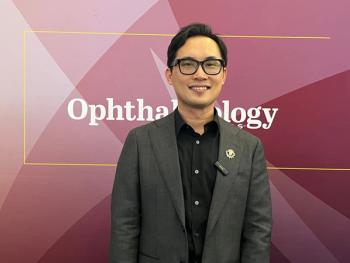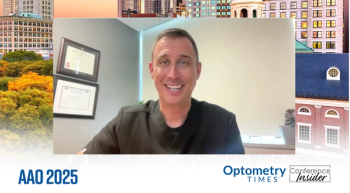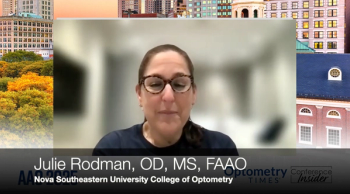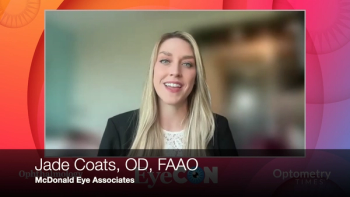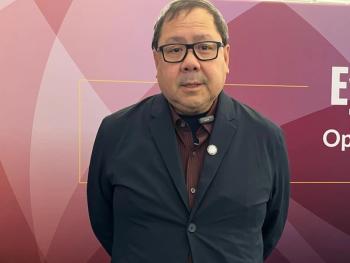
Secondary glaucomas: Comanaging with ophthalmologists
Blair Lonsberry, OD, MS, MEd, FAAO, shares highlights from his AOA 2022 co-presentation, "The Secondary Glaucomas: From the OD and MD Perspective," which he presented with Michael Greenwood, MD.
Blair Lonsberry, OD, MS, MEd, FAAO, shares highlights from his co-presentation, "The Secondary Glaucomas: From the OD and MD Perspective," which he presented with Michael Greenwood, MD during this year's American Optometric Association (AOA) Optometry's Meeting in Chicago.
This transcript has been lightly edited for clarity:
Hi, my name is Blair Lonsberry, I'm actually doing a lecture with Dr. Mike Greenwood, who is an ophthalmologist from Fargo, North Dakota. He actually does both cornea and also does a lot of
And I think it's fascinating to actually lecture with an ophthalmologist. In optometry, we hear a lot about optometrists and what they do, but ultimately, there are referrals that we do need to make to ophthalmology, and it's important to know what happens with those patients ..., but what's going to happen when they get to that office, but then we also understand what's going on, as well. And then we ultimately are comanaging these patients.
So Dr. Greenwood gives that surgical perspective. In the presentation, I'm going to work the patient up, what I would see in an optometry office, what most of my colleagues are going to see, and then say, how do we diagnose these conditions, then what do we need to do about it, and then Dr. Greenwood takes over and talks about what happens when that patient gets to his office, the surgical interventions, what we need to watch for postop wise, and he does some of the surgeries as well. So it's just kind of fascinating to be able to see that next step that we don't traditionally see.
I think that there kind of seems to be this division between optometry and ophthalmology that sometimes we don't feel like we get along. And that's just not the way the real world works. Patients don't want to see this difference between us; we need to work hand in hand with ophthalmology. So being able to speak with Dr. Greenwood gives that perspective that we do work together. His office is an MD/OD office, and they work hand-in-hand.
And ultimately what we're looking is for patient care. So to me, a lot of the secondary outcomes are not conditions that we'll be managing, but we have to be able to identify them. And then we have to know what we need to do about them after the fact. And at that point, it's nice to know what happens once the patient leaves our office.
And one of the interesting things that Dr. Greenwood always says is he wants the optometrist to tell him what he wants to do with that patient after. So, a lot of times we'll make referrals and he doesn't know, does that mean that they want me to send the patient back? Or do you want me to take over care? And I think that's a fascinating statement to say, "tell him what you want them to do." So do you want him to do a procedure and then send the patient back to you? Or do you want him to now take over care?
And that's important for patients' understanding. They don't necessarily always know that are they going to a specialist just for a treatment, then coming back to your office? Or are you giving up care to the referring ophthalmologist? And so I think being able explain that to a patient saying, "You know, I want to send you for procedure, but I'm going to see you back," or, "This is something outside of my realm of taking care of and I want to refer you to an ophthalmologist to continue that care."
Newsletter
Want more insights like this? Subscribe to Optometry Times and get clinical pearls and practice tips delivered straight to your inbox.


